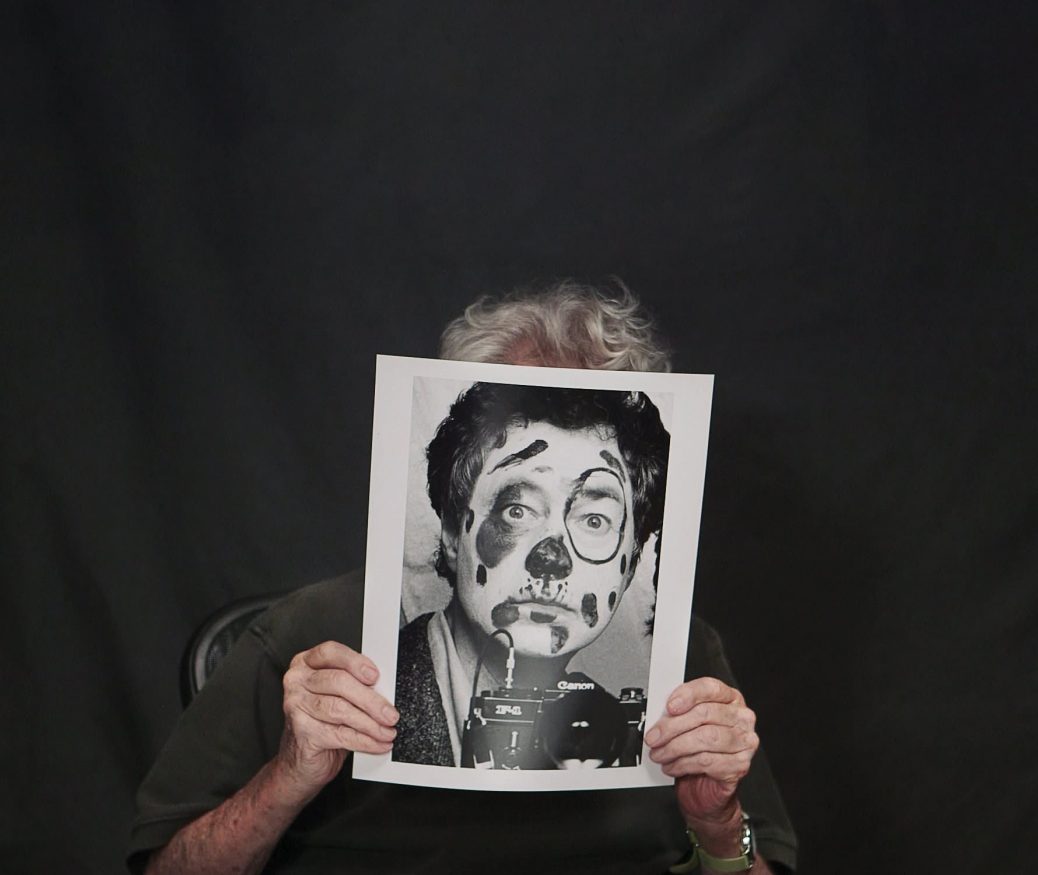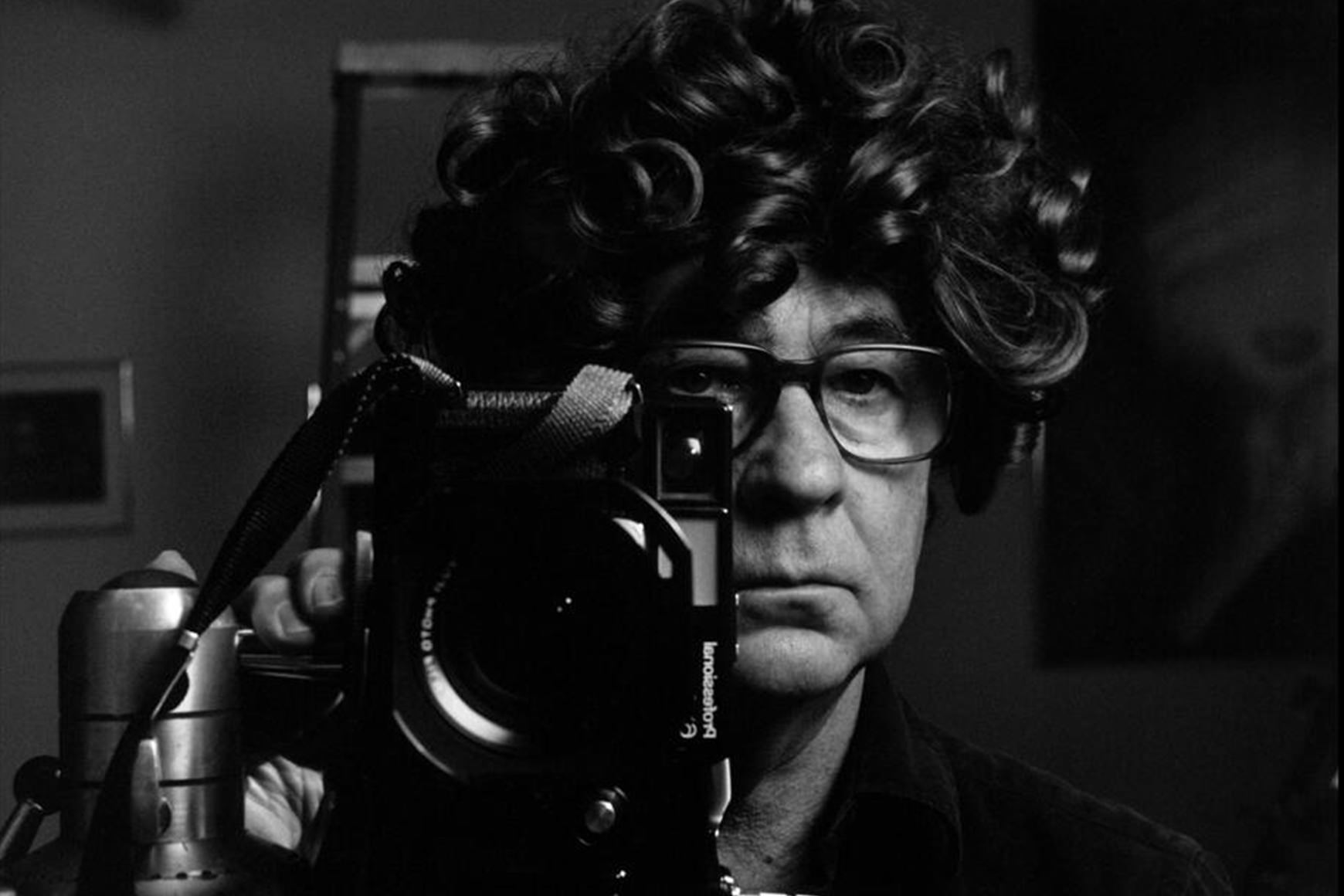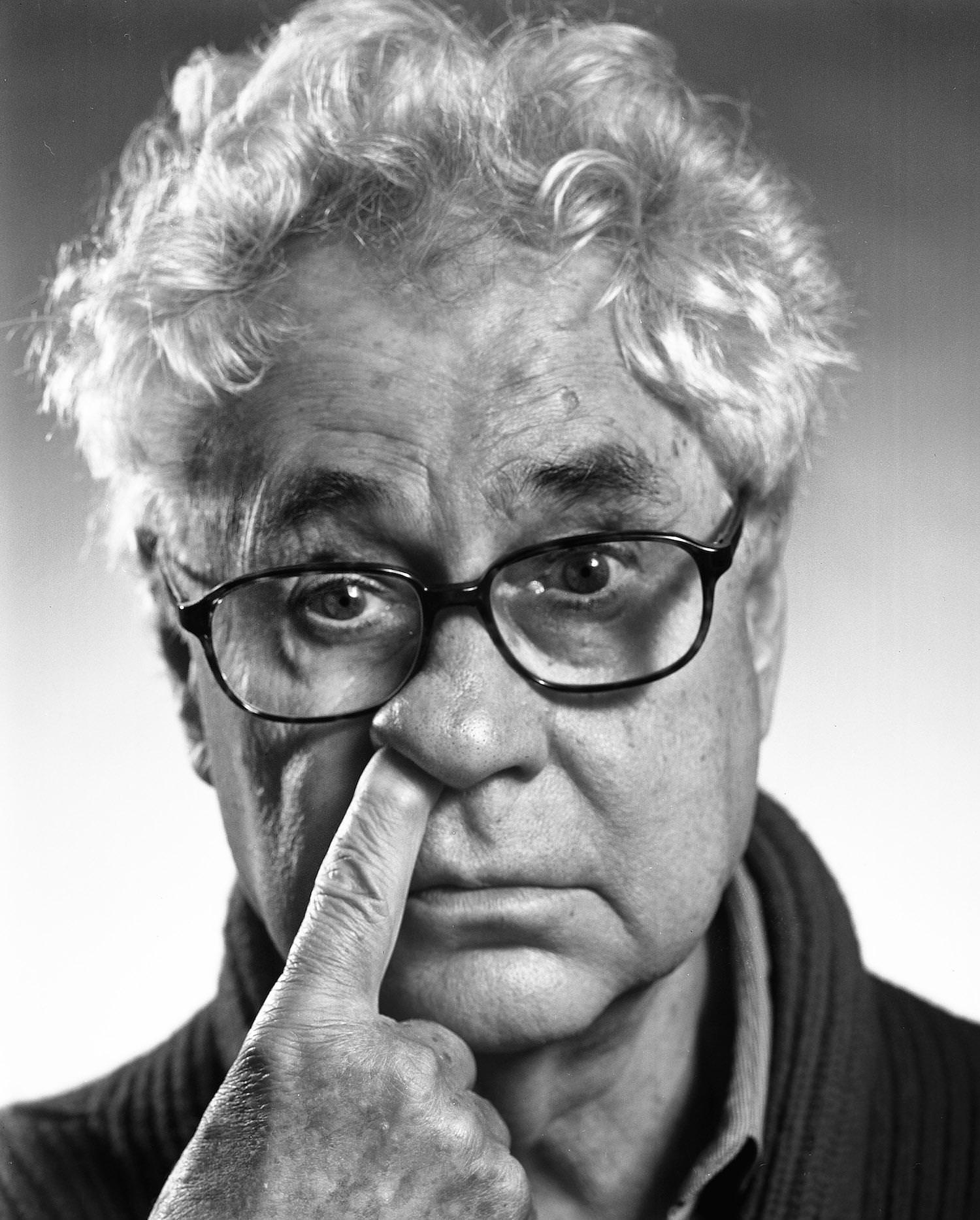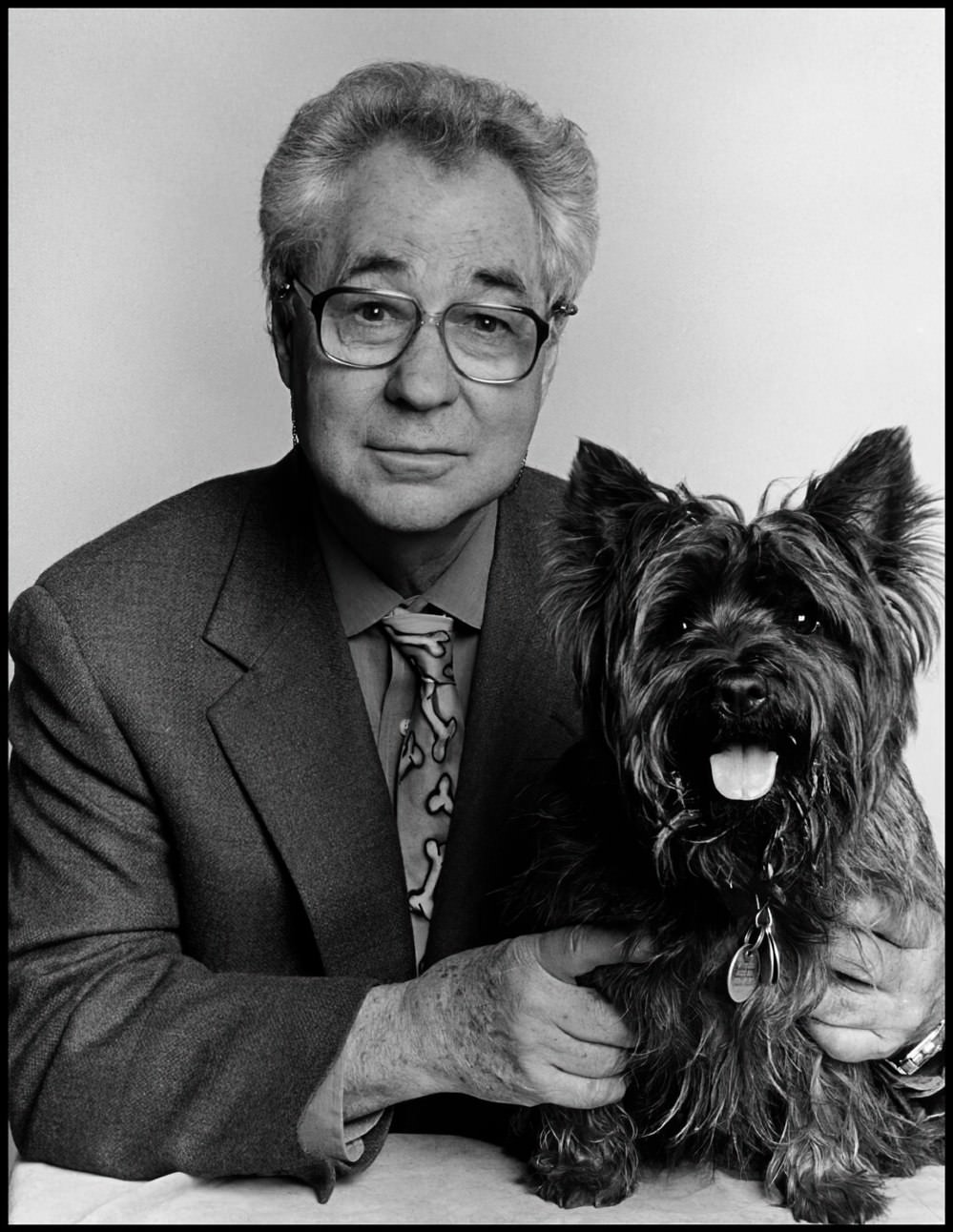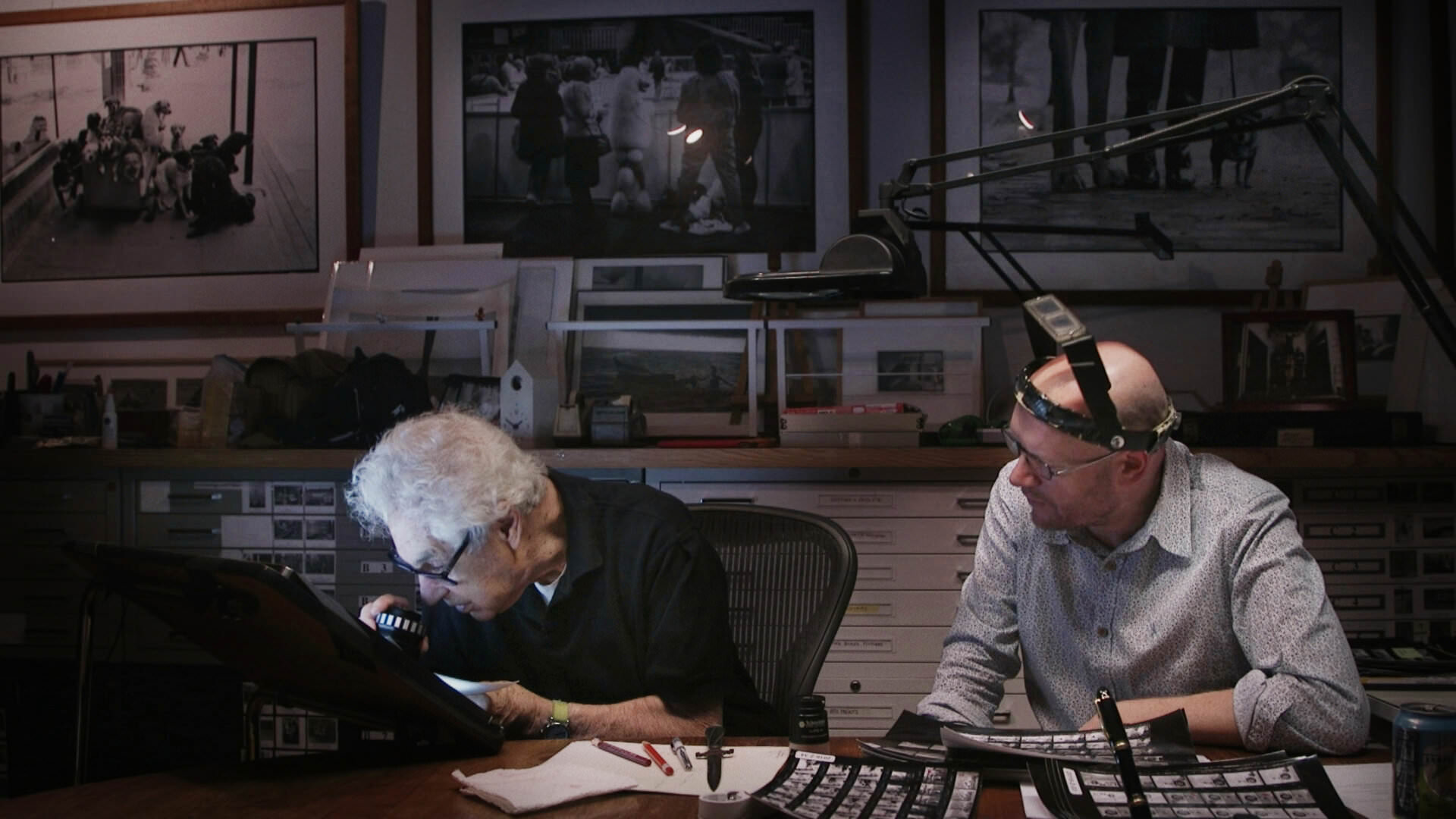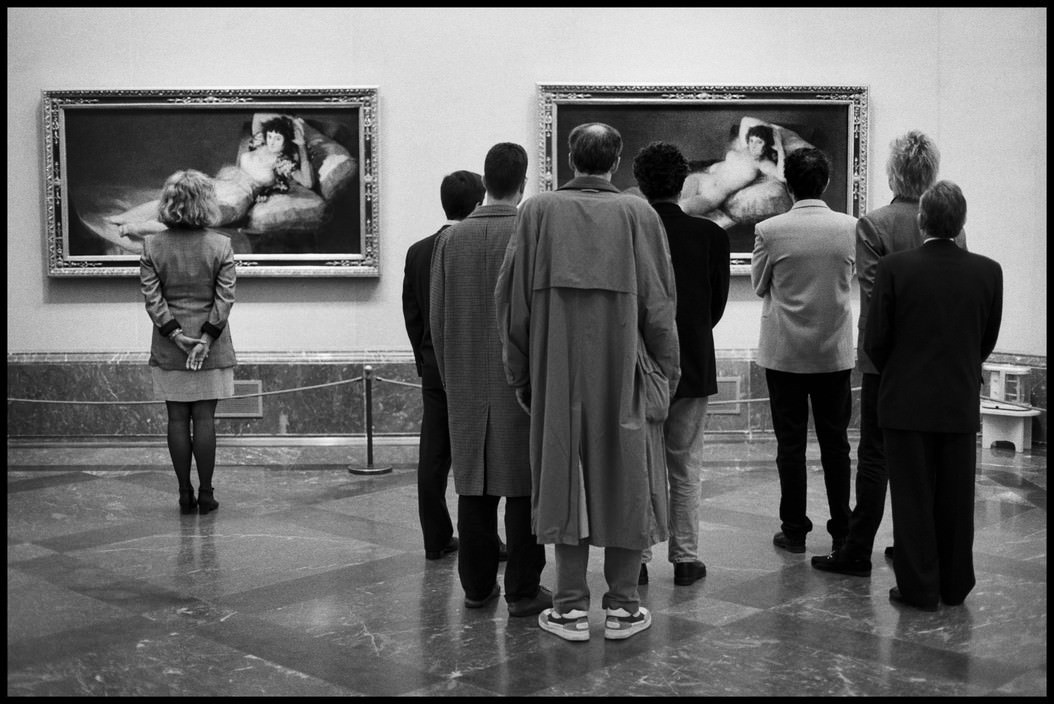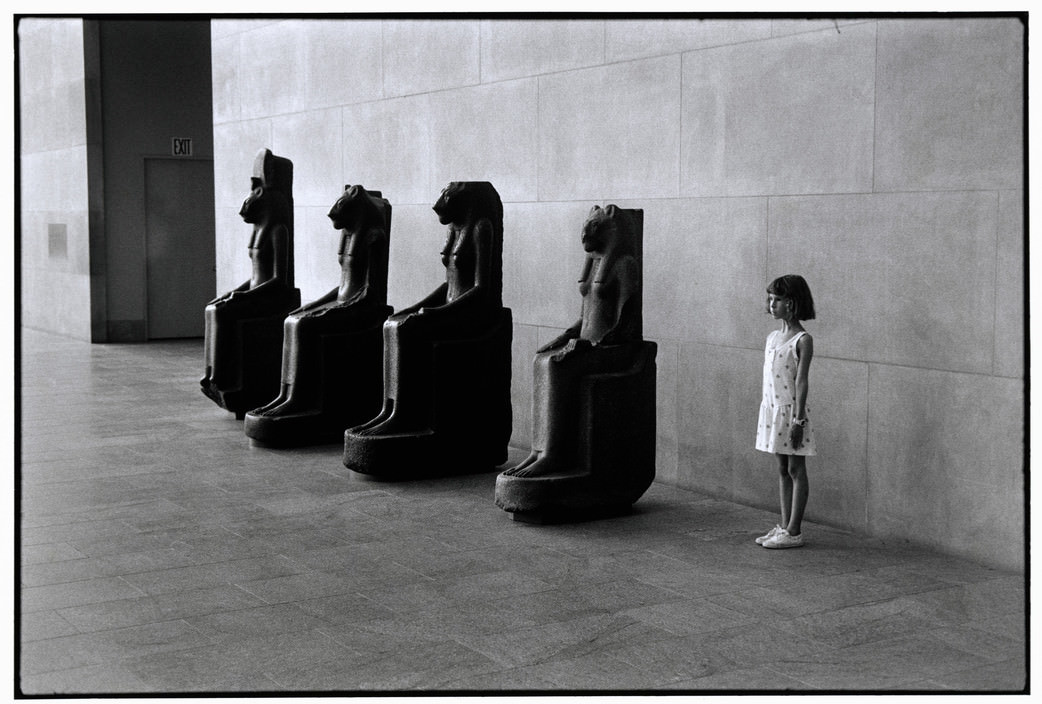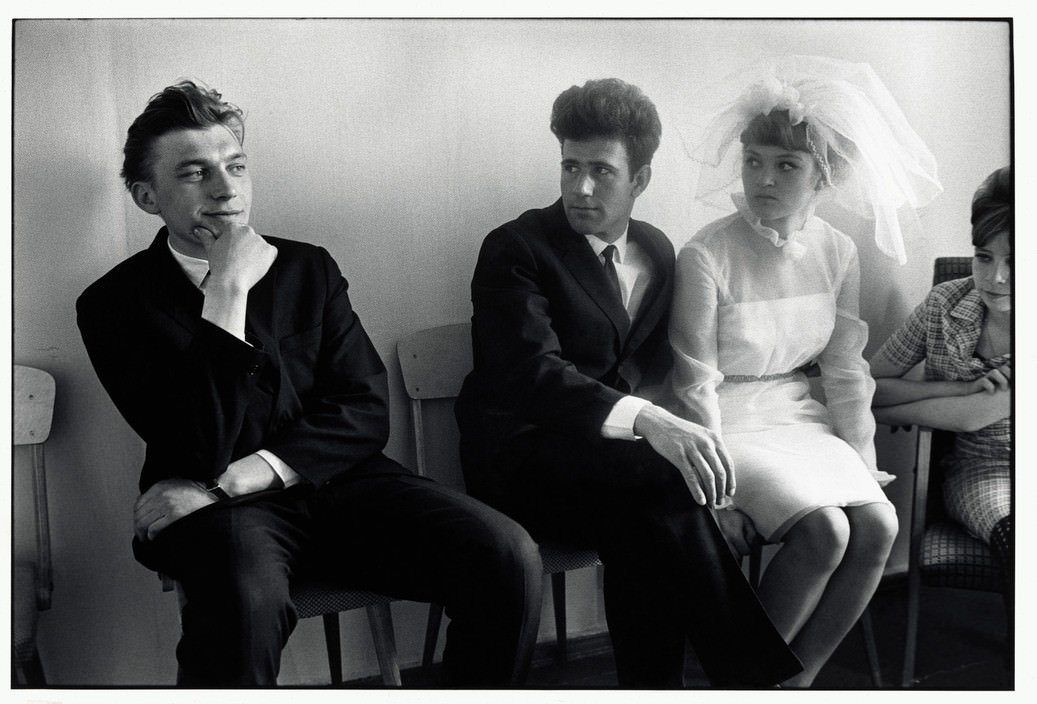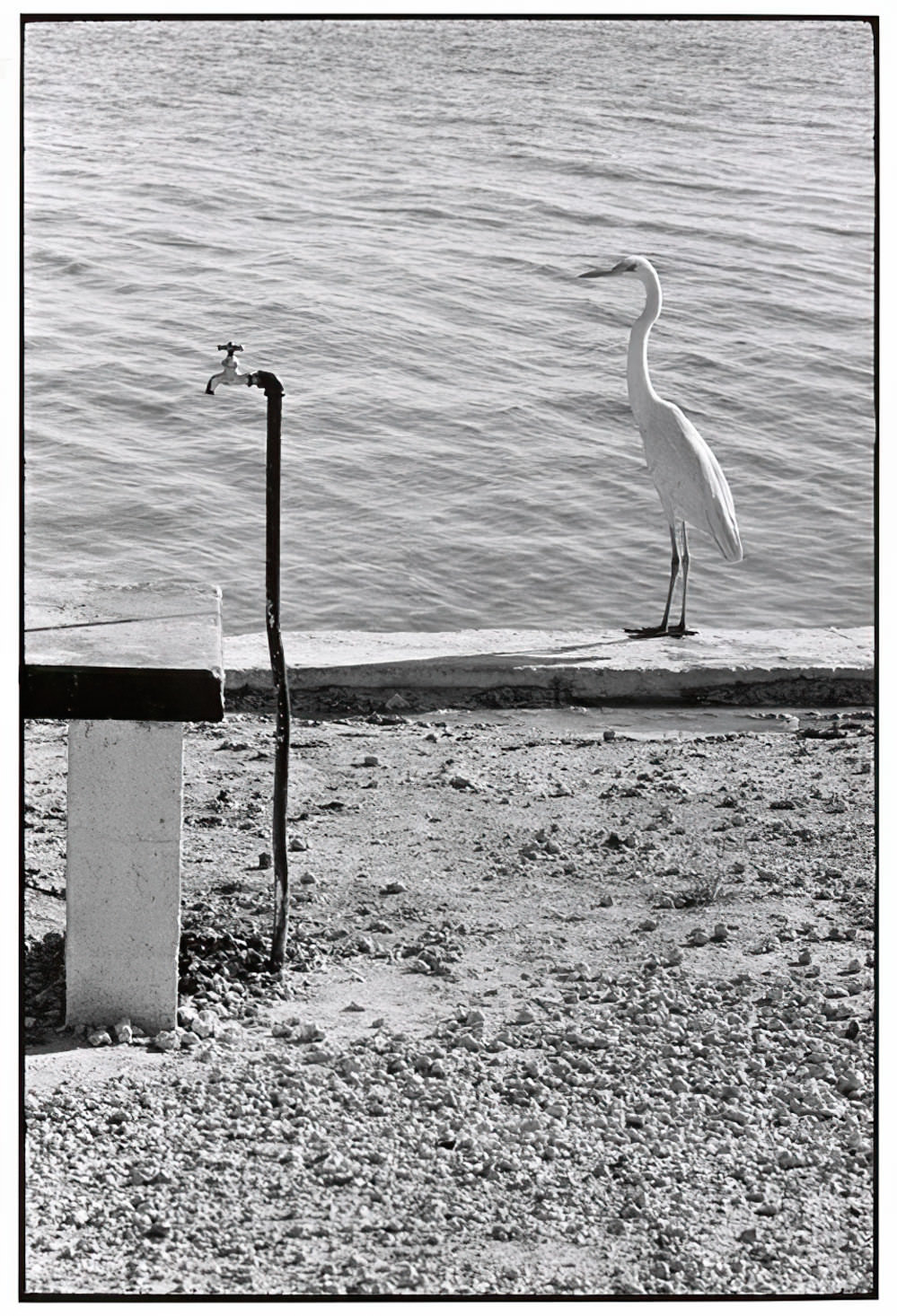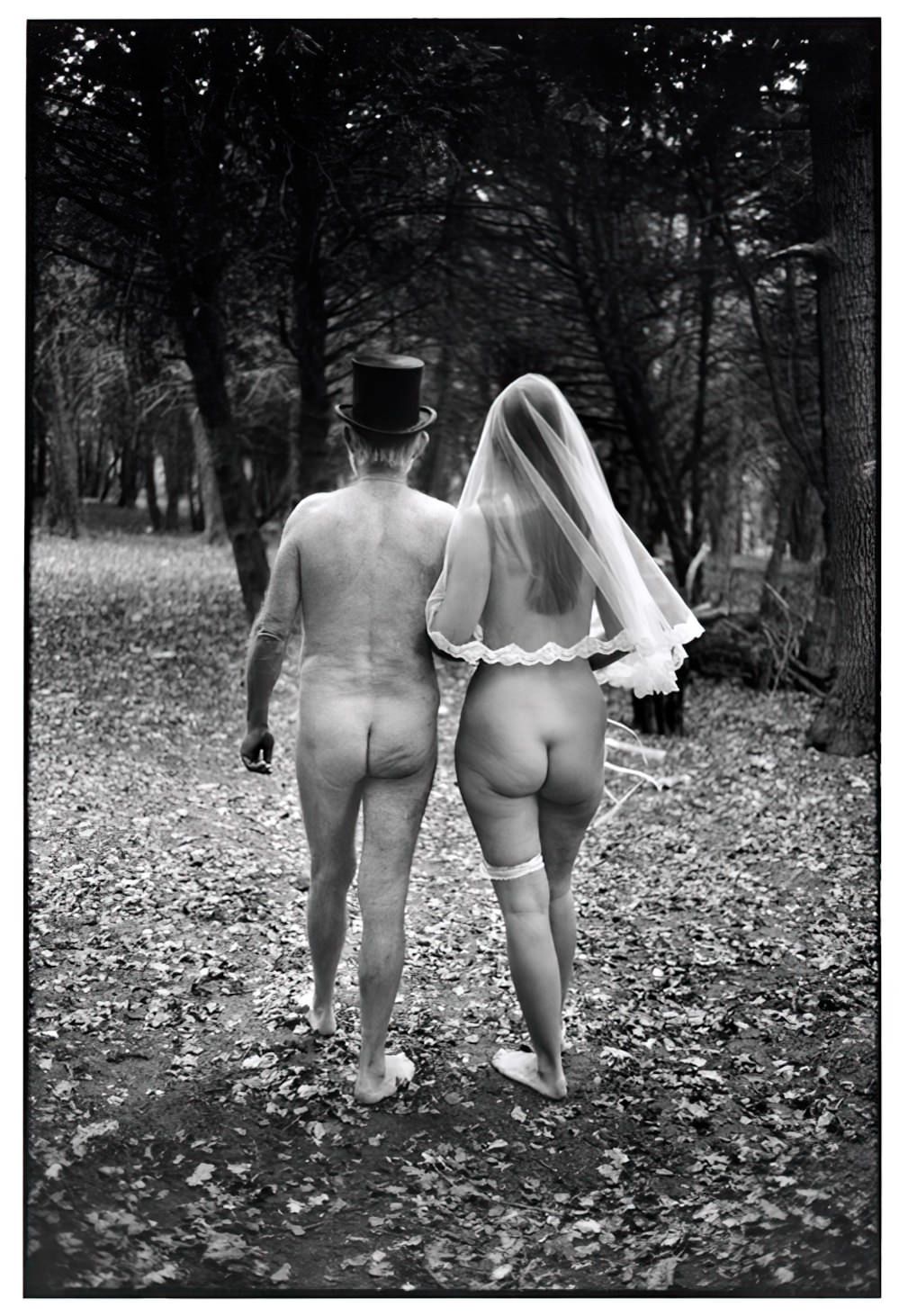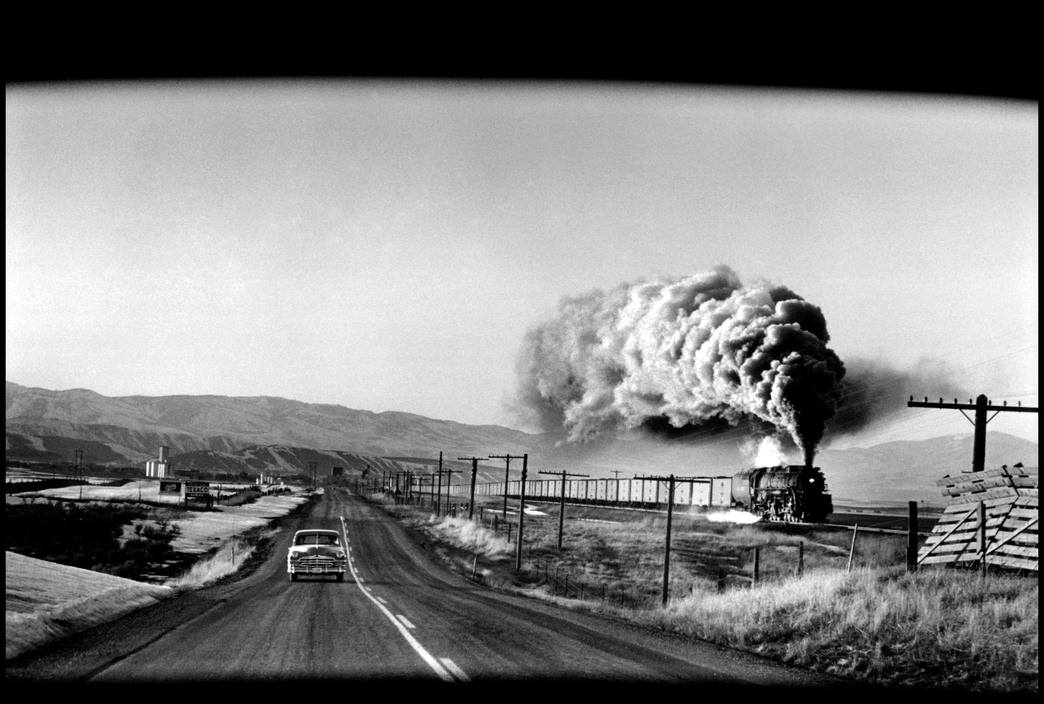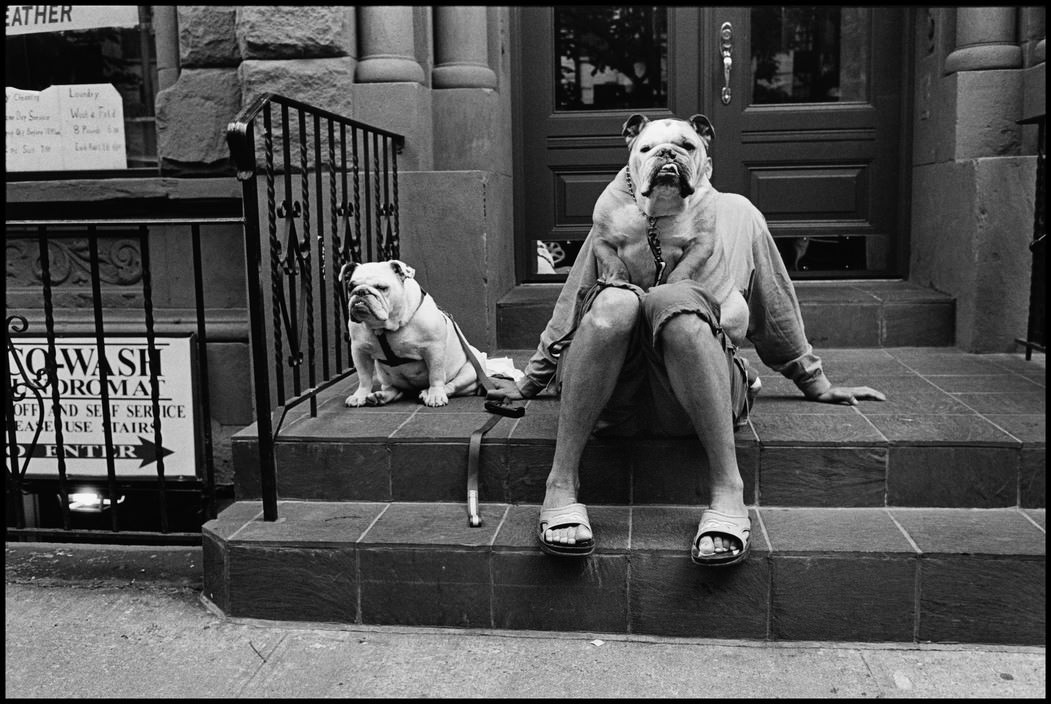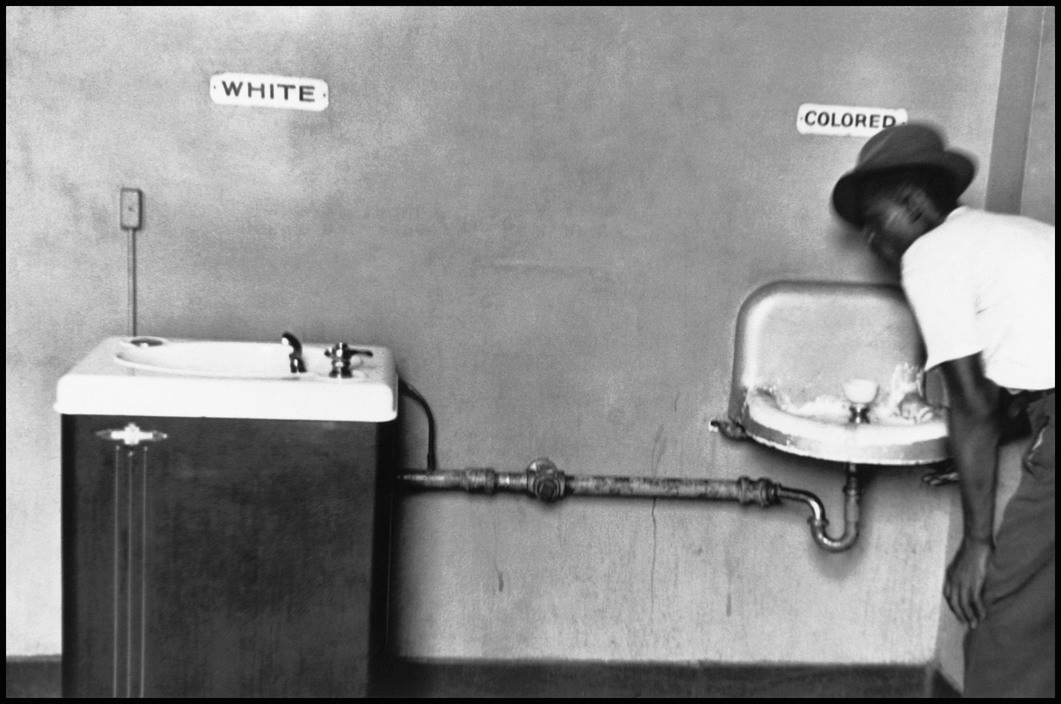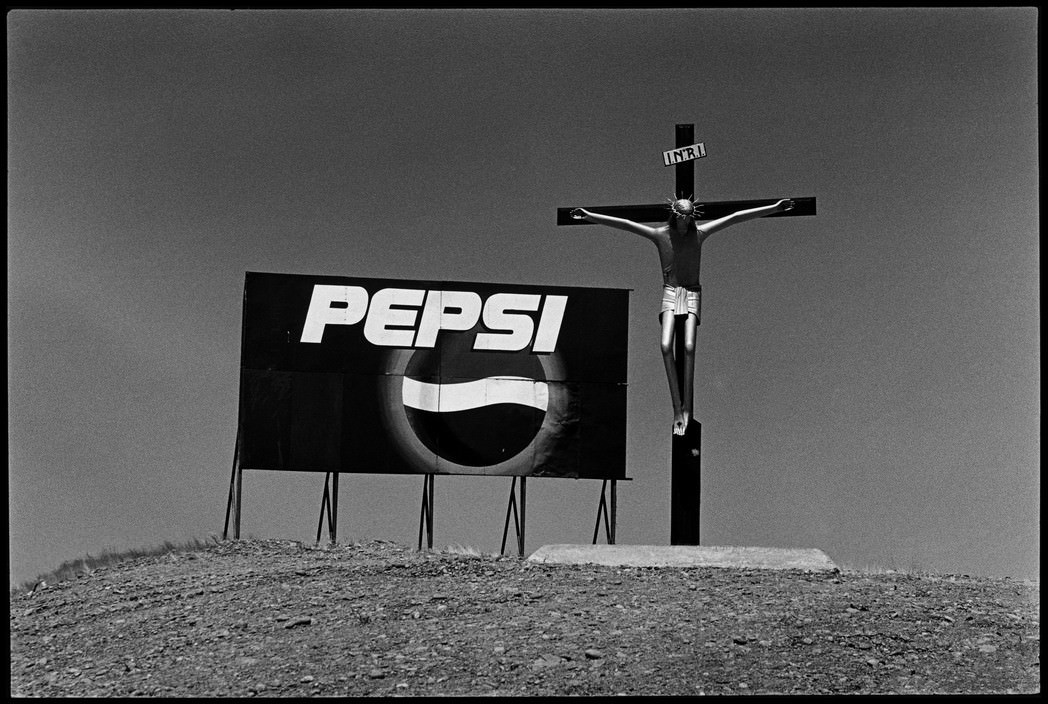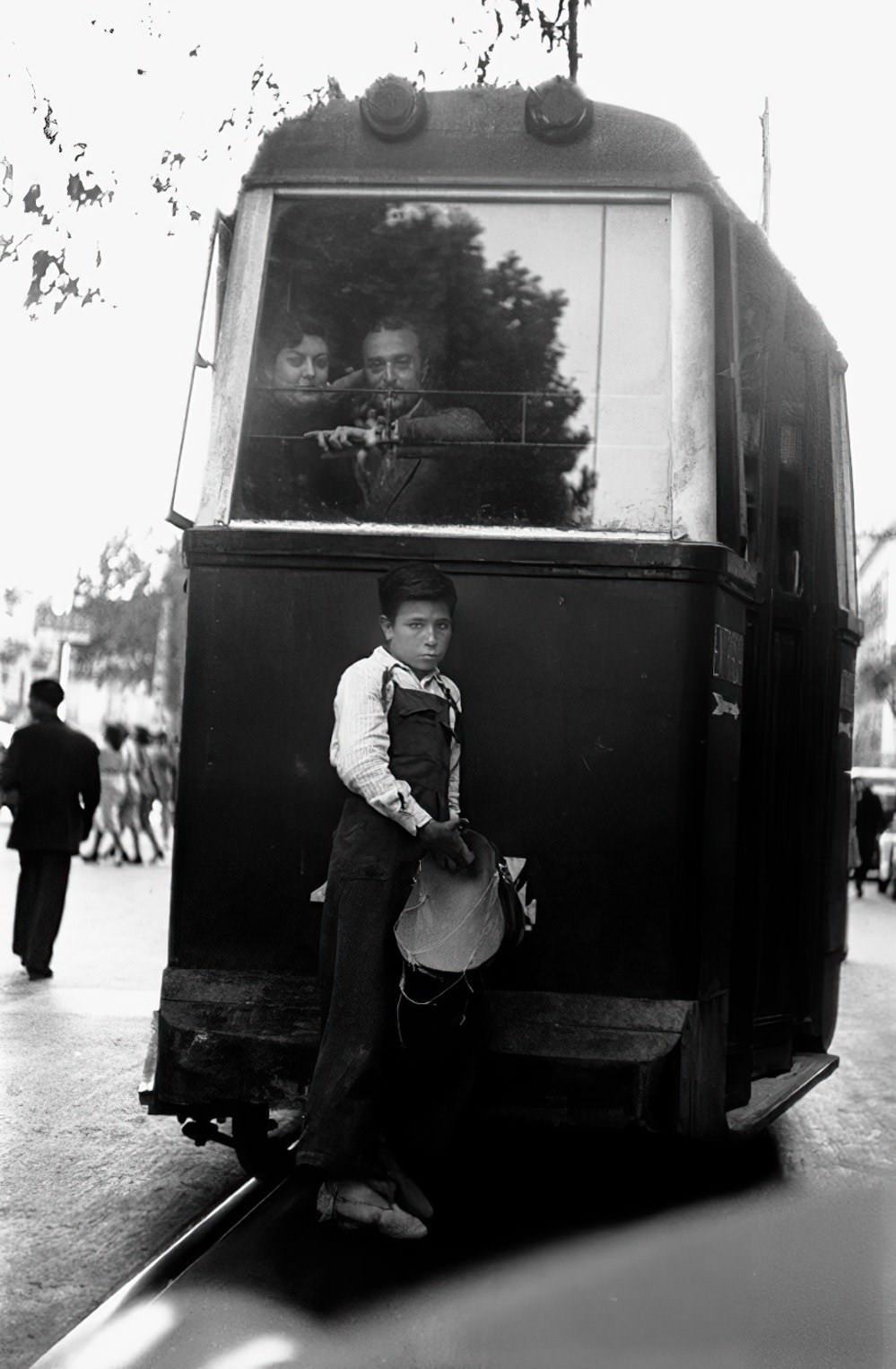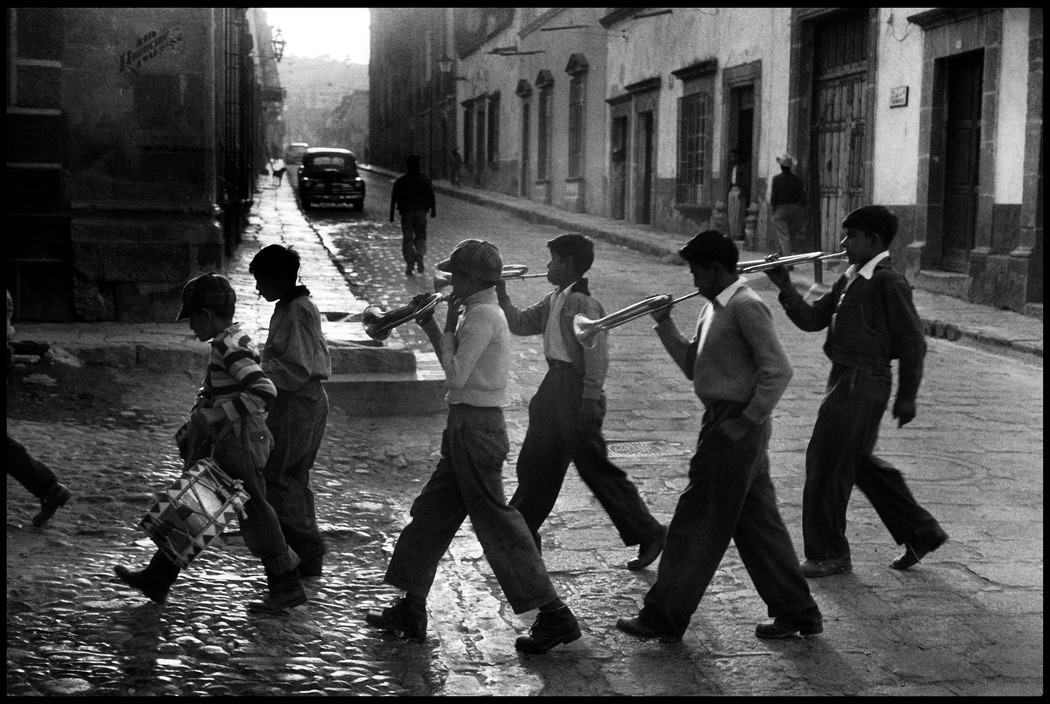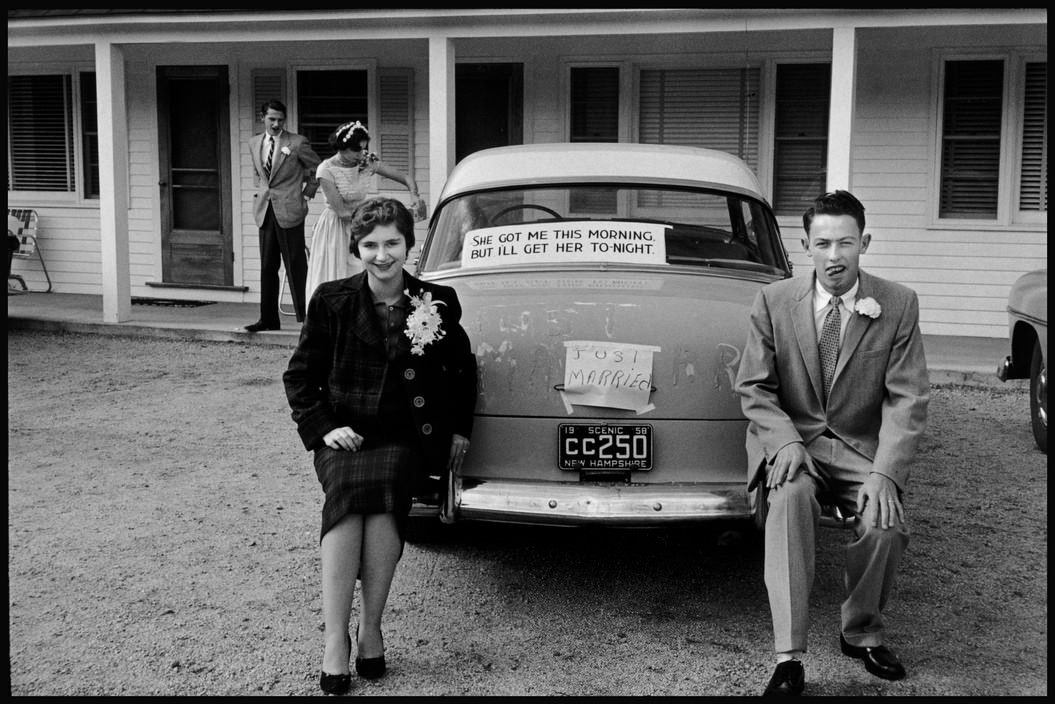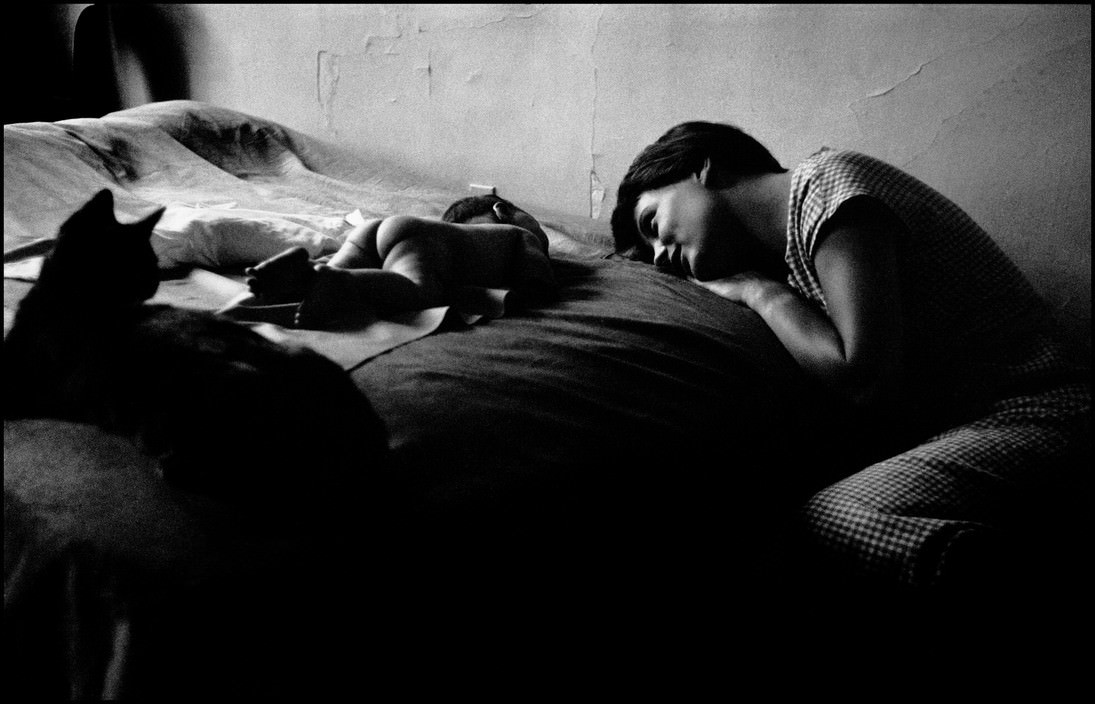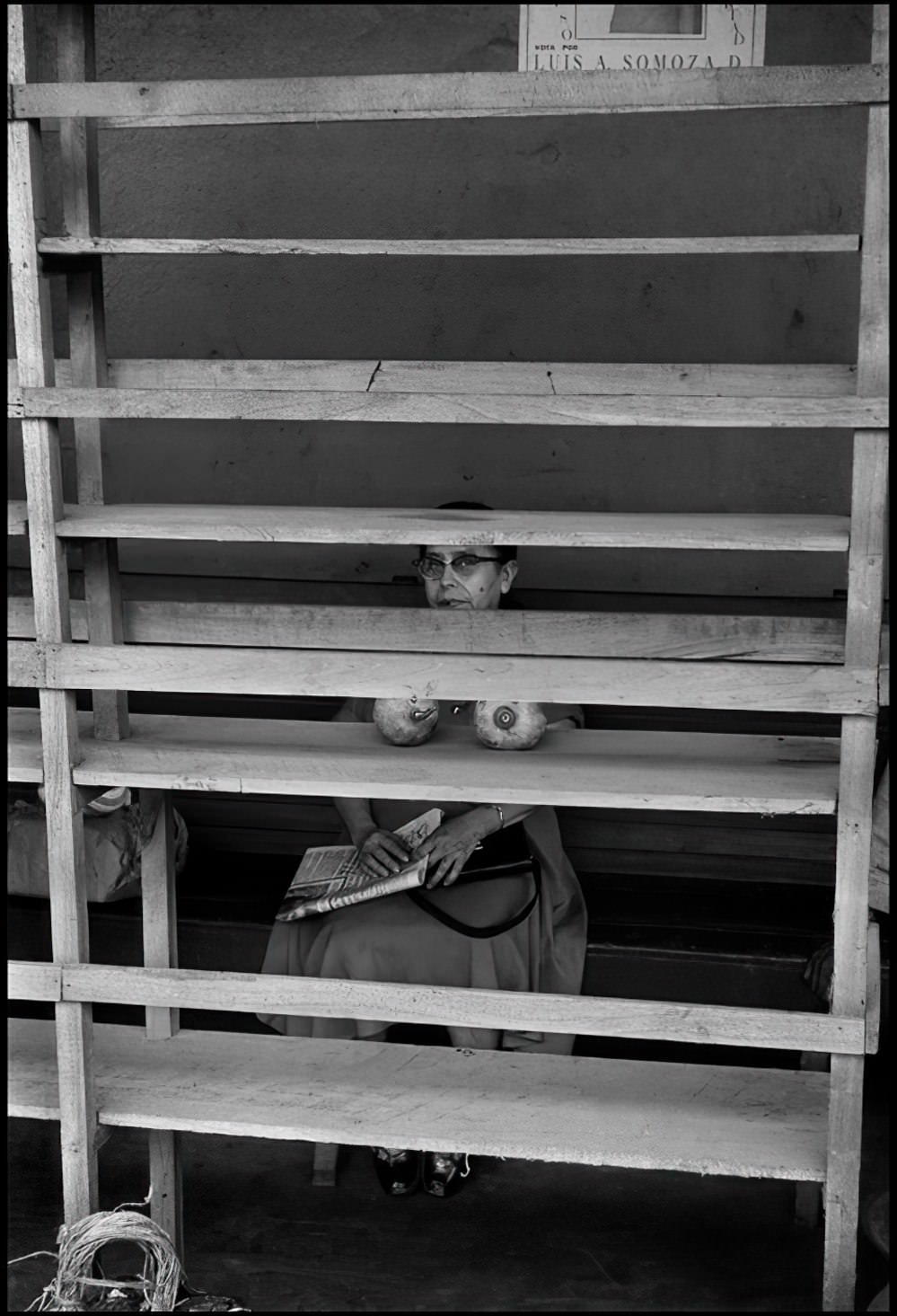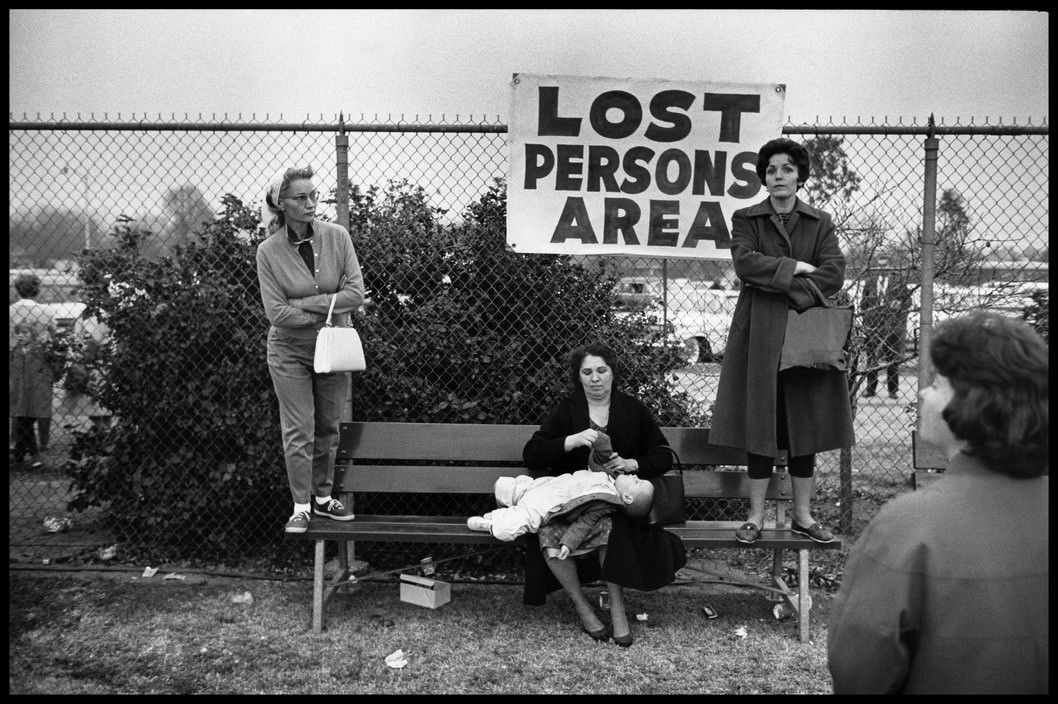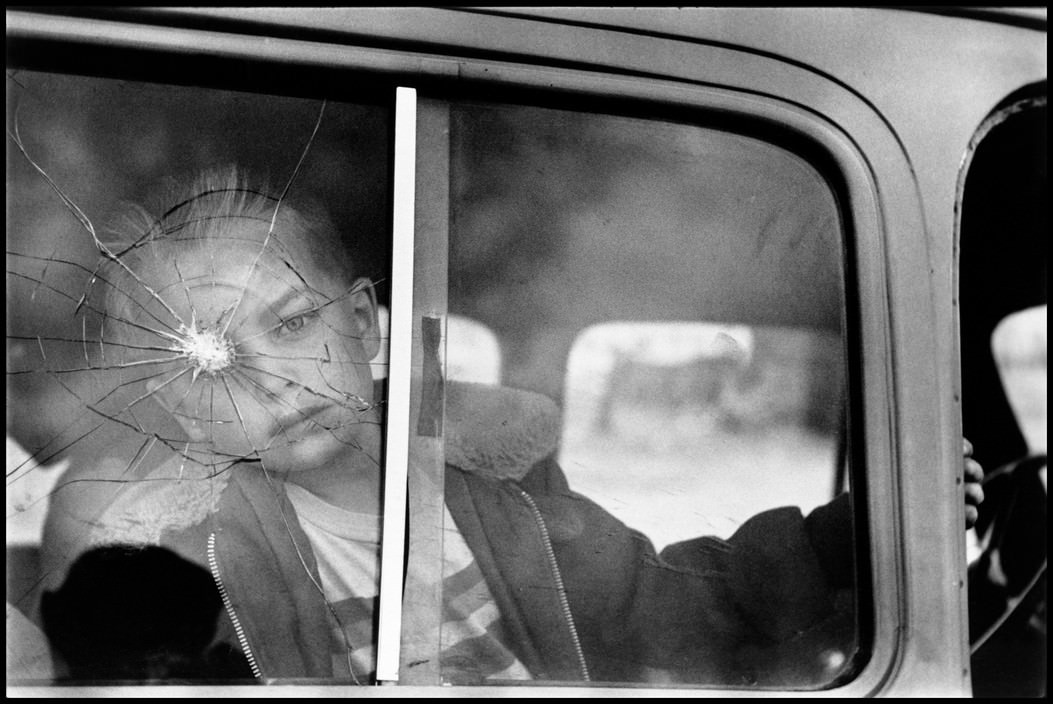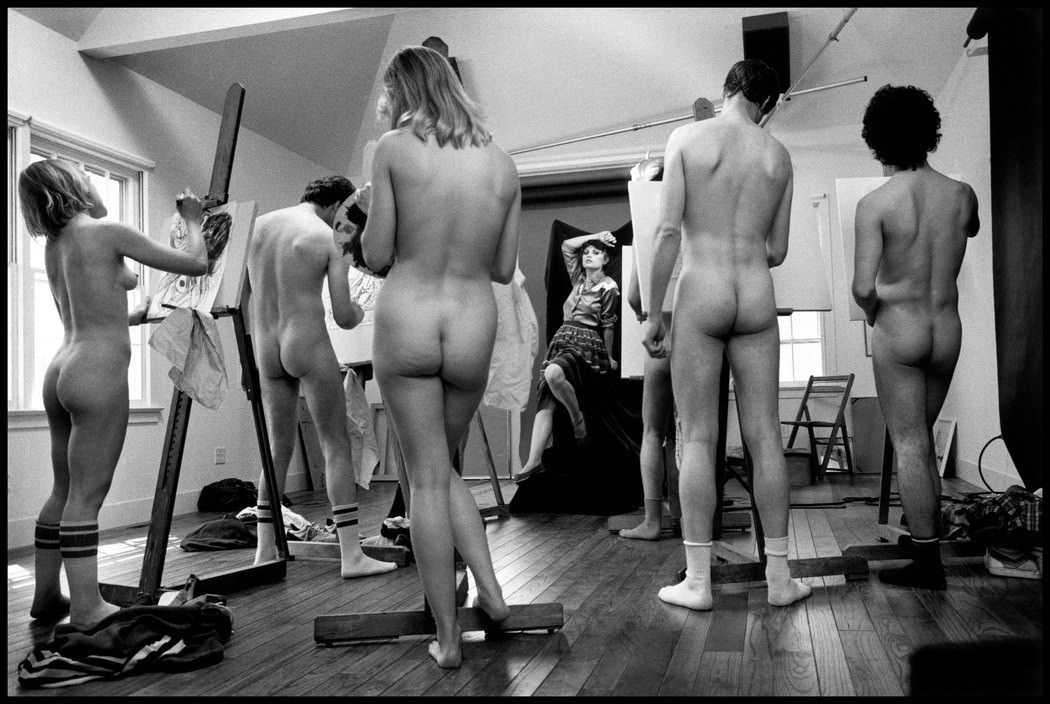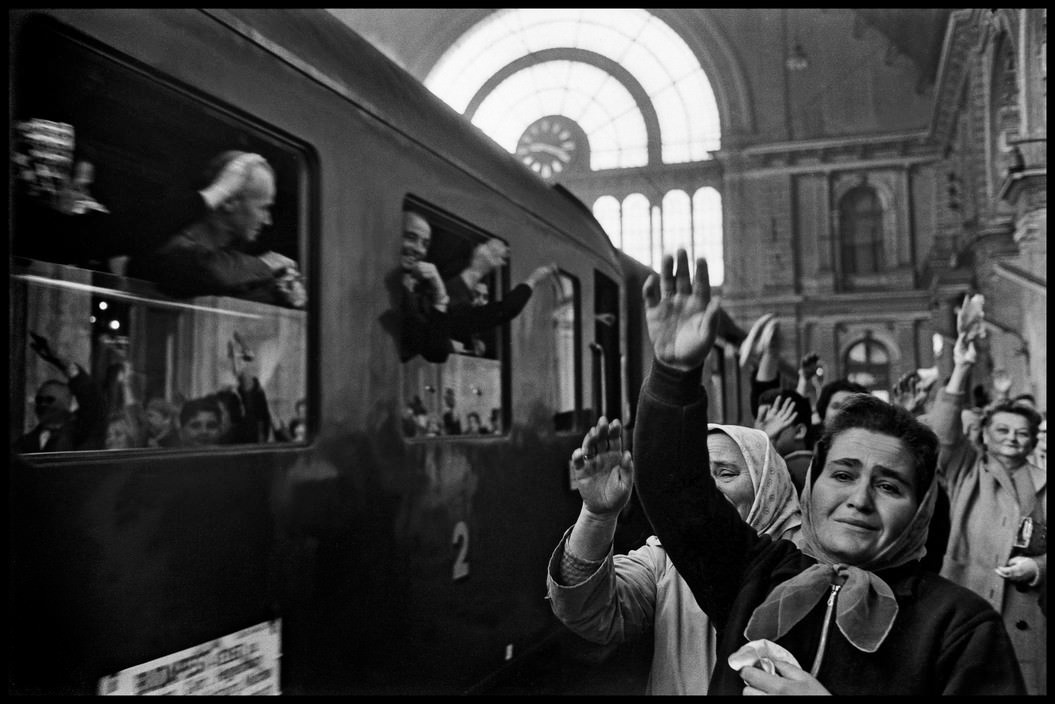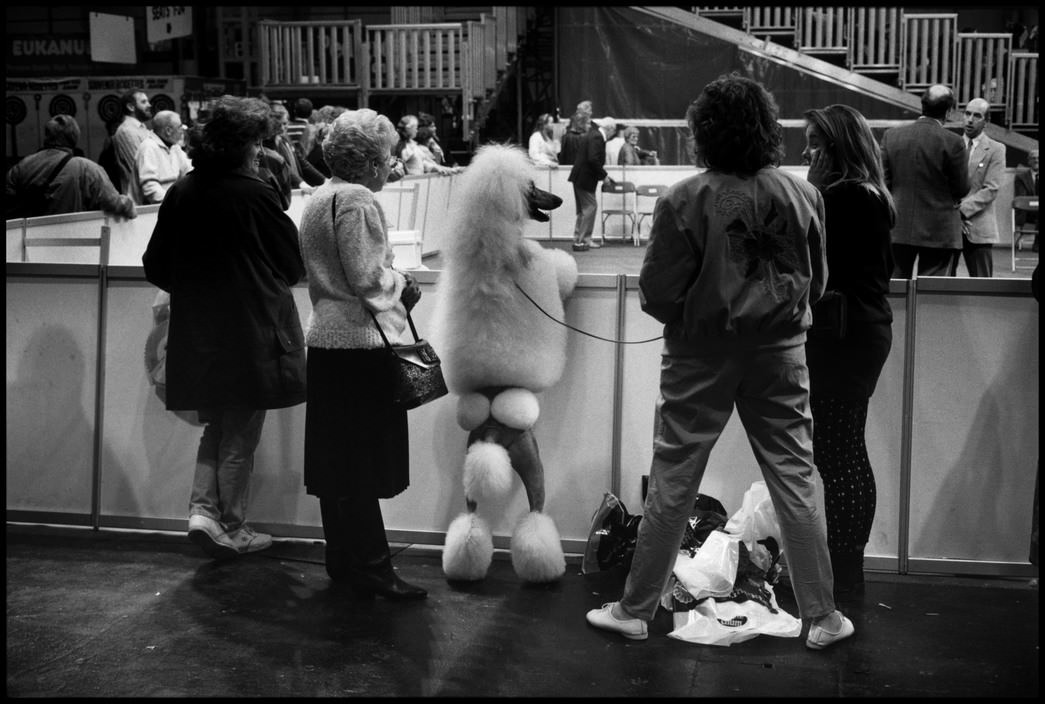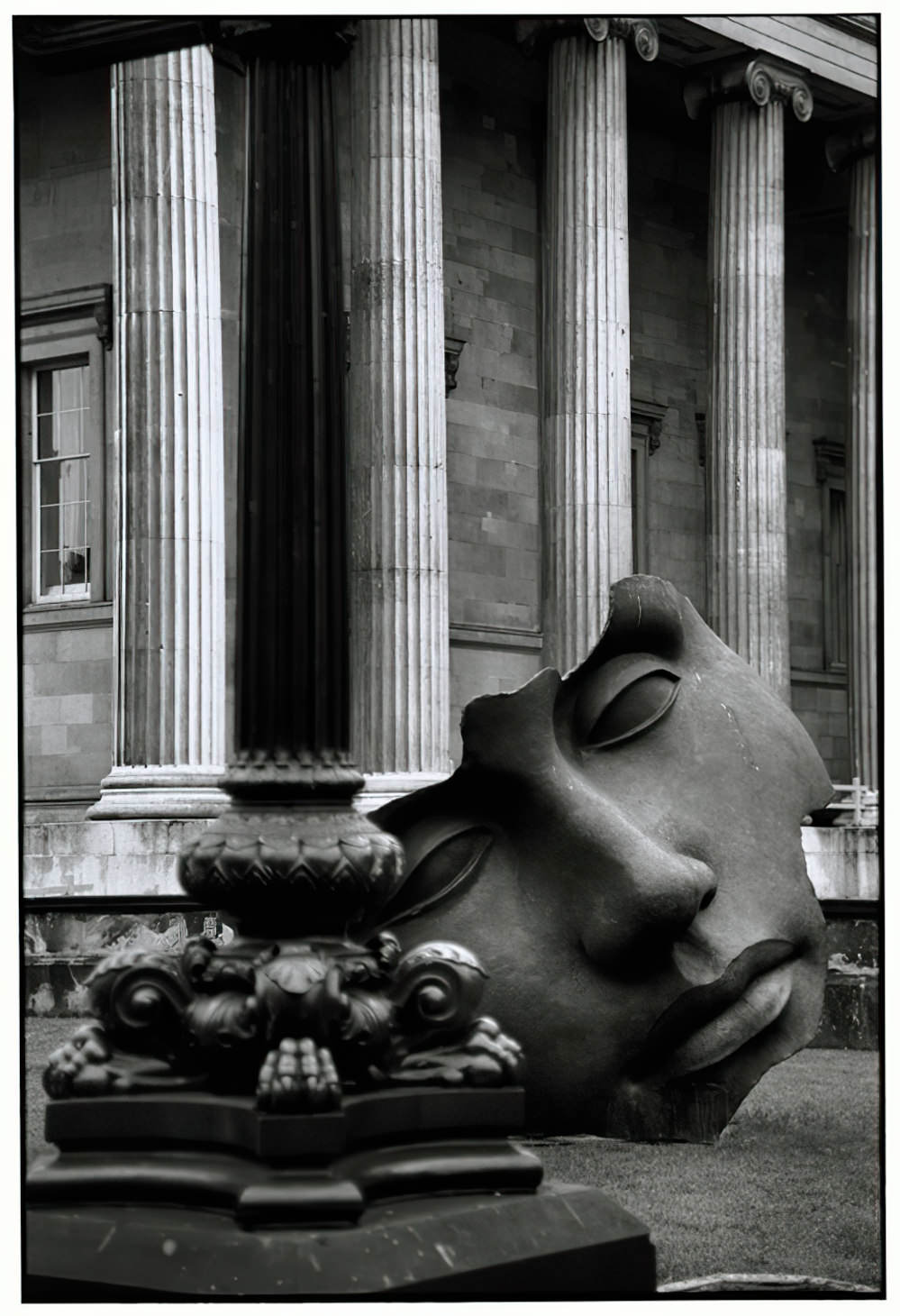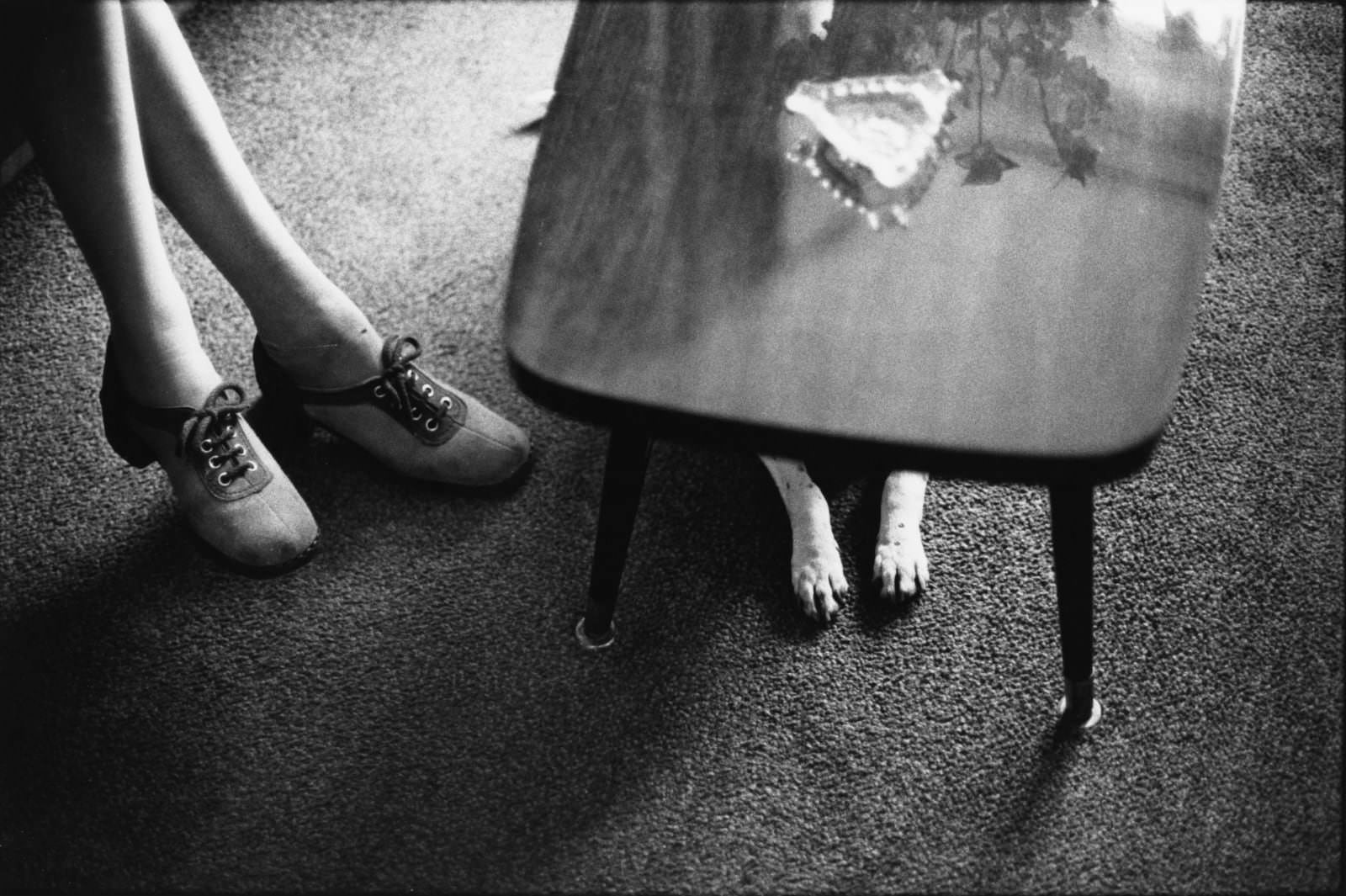In Loving Memory of Elliott Erwitt (1928–2023)
The renowned photographer and longstanding member of Magnum, Elliott Erwitt, has passed away at the age of 95.
Elliott Erwitt, originally named Elio Romano Ervitz, was born to Russian-Jewish parents in Paris in 1928. His early years were spent in Milan, and due to the rise of fascism in Italy, his family emigrated to the US in 1939. Erwitt, residing with his father in Los Angeles, started capturing portraits of local individuals as a means of income during his teenage years. Working in a commercial darkroom, he printed images of actors before delving into further photographic experiments at Los Angeles City College. In 1948, Erwitt relocated to New York, a city that would become a focal point for much of his career and personal life. Initially working as a janitor, he later pursued film classes at the New School for Social Research.
In 1949, Erwitt traveled to France and Italy with his favored Rolleiflex camera. Drafted for military service in 1951, he fulfilled various photographic responsibilities while serving in the Army Signal Corps in Germany and France.
During his time in New York, Erwitt crossed paths with influential figures such as Edward Steichen, Robert Capa, and Roy Stryker, the former head of the Farm Security Administration. Stryker, known for contributing to the careers of renowned photographers, hired Erwitt for a job in New Jersey, compiling a photographic library for the Standard Oil Company. Subsequently, Stryker commissioned Erwitt to document the city of Pittsburgh in 1950, a series later published as a book in 2017.
Joining Magnum Photos in 1953, Erwitt worked as a freelance photographer for publications like Collier’s, Look, LIFE, Holiday, and others during the golden age of illustrated magazines. Throughout his life, he balanced roles as a commercial photographer and journalist, capturing iconic figures such as Marilyn Monroe, Grace Kelly, Jack Kerouac, John F. Kennedy, and Jackie Kennedy. In 1959, he captured the tense moment between Nikita Khrushchev and Richard Nixon during the Kitchen Debate. His 1964 visit to Cuba resulted in portraits of Fidel Castro and Che Guevara.
Erwitt firmly believed that photography should evoke emotions rather than intellectual analysis. He often expressed that photography, when it happens, is a gift not to be questioned or overanalyzed. Preferring to avoid intellectualizing his profession, he saw photography as a means to pursue his interests while making a living.
Dogs served as a rich source of insight into humanity for Erwitt, expressing sympathy for their perpetual availability for affection. His work often delved into love and romantic partnerships, capturing memorable moments like a couple reflected in a car side mirror. In the late 1960s, Erwitt served as Magnum’s president for three years before turning to film production in the 1970s and creating comedy films for HBO in the 1980s. Against artistic pretensions in photography, Erwitt was known for his benevolent irony and dedication to portraying human emotions.
In 1988, Erwitt meticulously classified his entire archive, paving the way for numerous publications and retrospectives, including “Personal Exposures” (1988), “Snaps” (2001), and “Elliott Erwitt’s XXL Special Edition” in 2012. His exploration of recurring themes resulted in photobooks like “On the Beach” (1991), “To the Dogs” (1992), “Dog Dogs” (1998), “Museum Watching” (1999), and “Kids” (2012). Additionally, he highlighted cities dear to him in books like “Elliott Erwitt’s New York” (2008), “Rome” (2009), and “Paris” (2010).
Erwitt received the Royal Photographic Society’s Centenary Medal in 2002 and the International Center of Photography’s Lifetime Achievement Award in 2011, being hailed as “an eyewitness to history and a dreamer with a camera.”
Currently, a major retrospective of Erwitt’s work is on display at La Sucrière in Lyon, running until March 17, 2024.
Cristina de Middel, Magnum president, reflects: “It is difficult to quantify the impact that Elliott Erwitt has had on Magnum and the world of photography. His images have shaped our collective understanding of society and humanity, inspiring generations of photographers across industry changes and trends. He was an incessant creator of icons. His casual and humorous approach to photography, combined with unwavering dedication, made him a unique artist. We mourn the loss of Elliott Erwitt today with great sadness.”
More info on:

